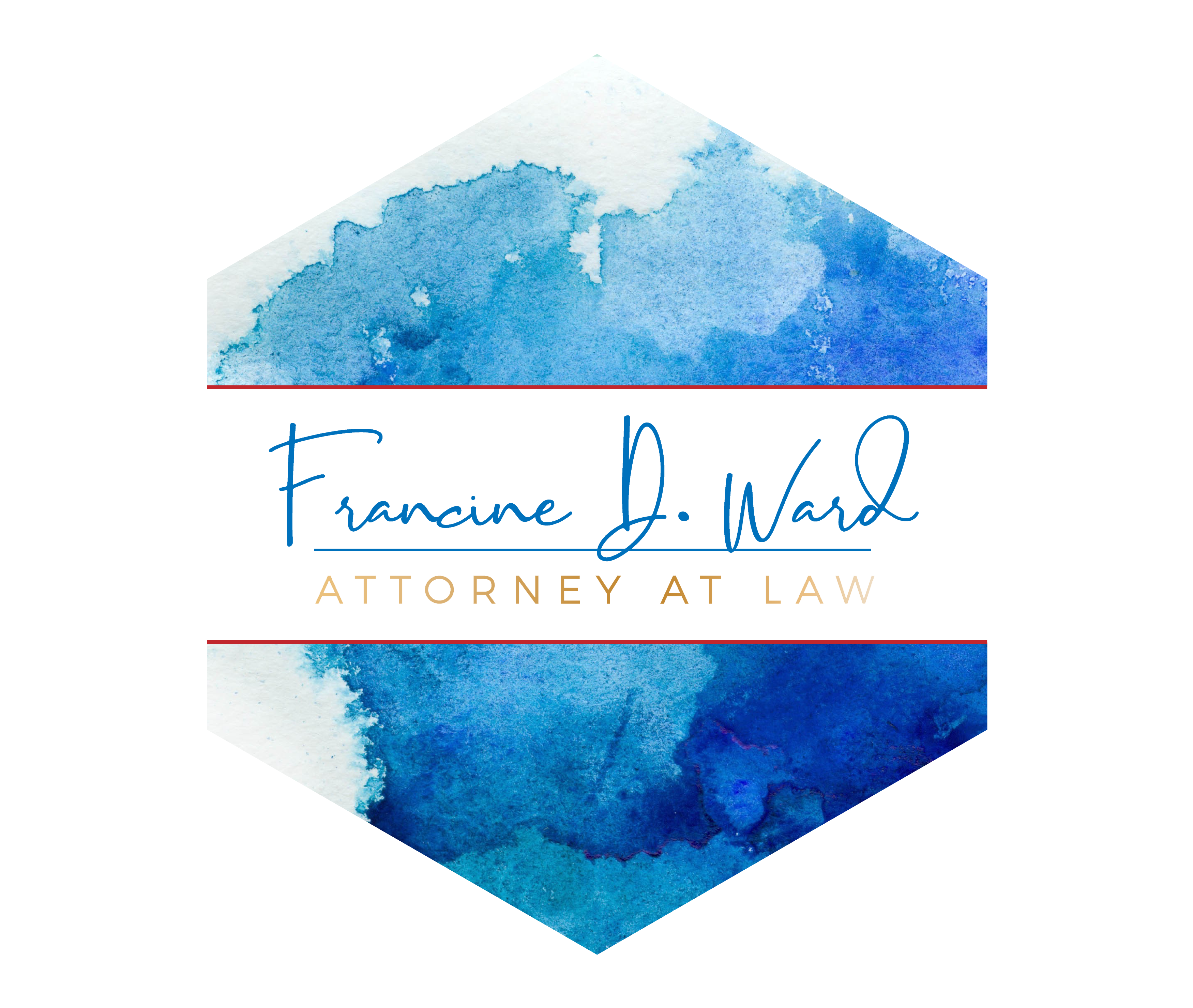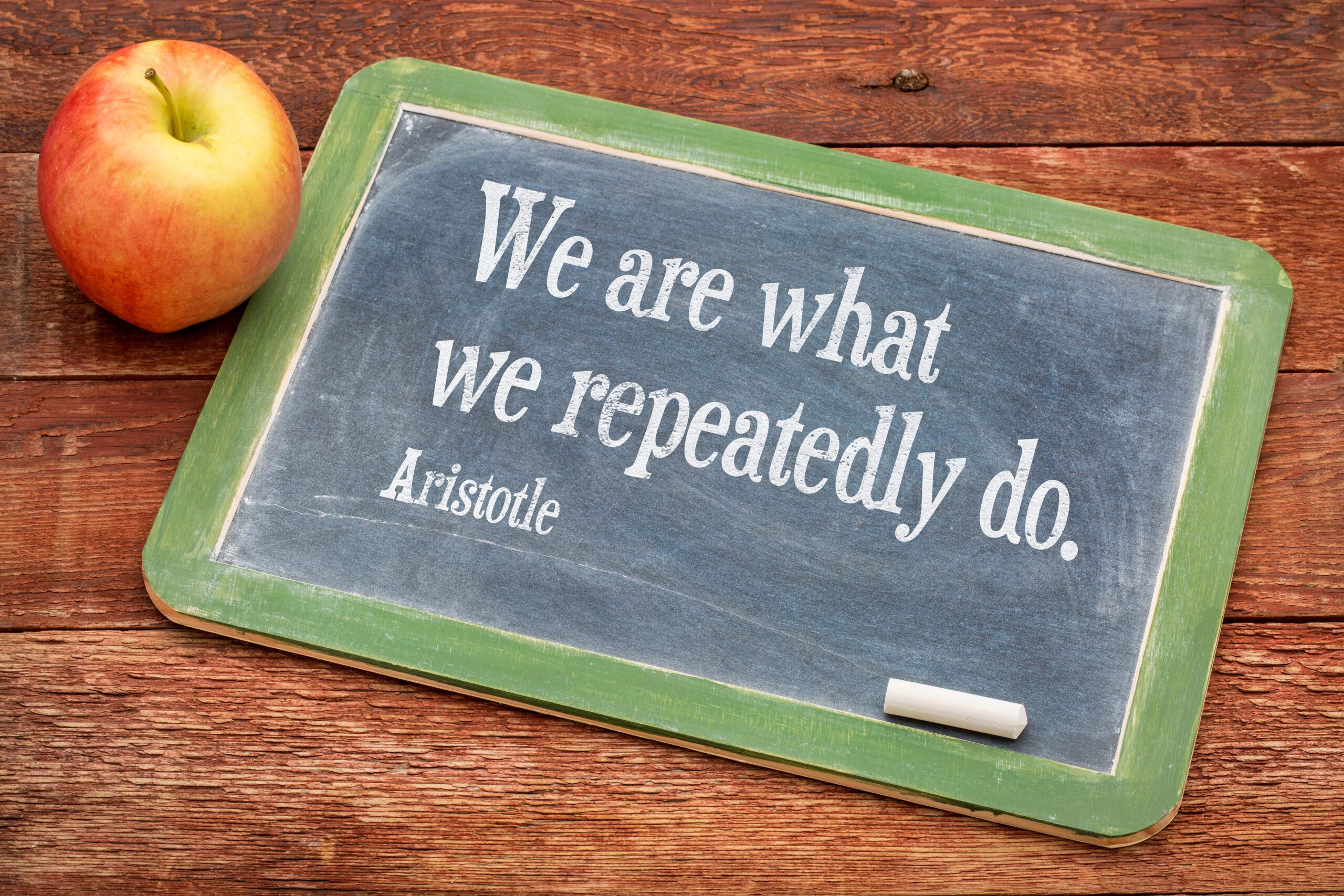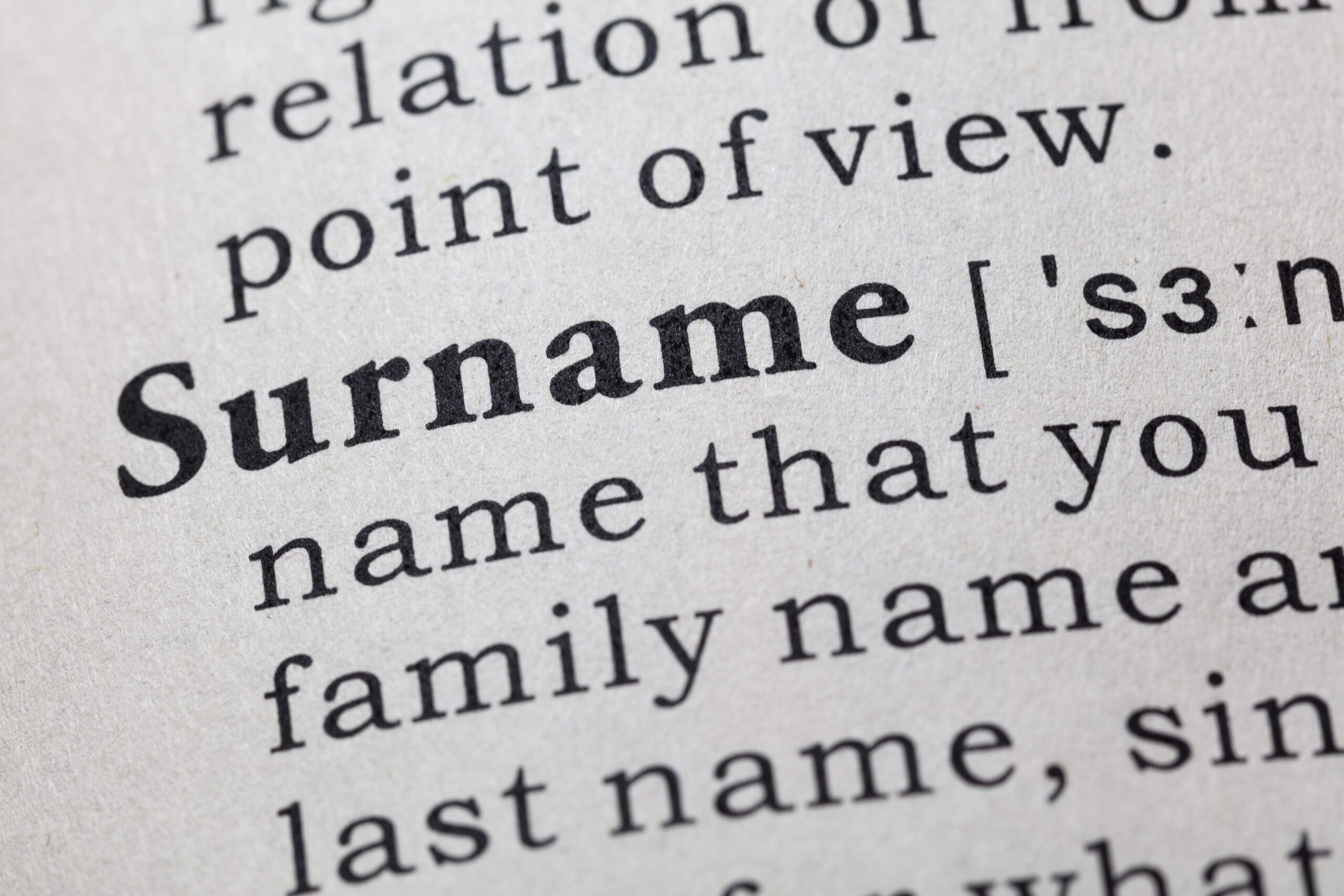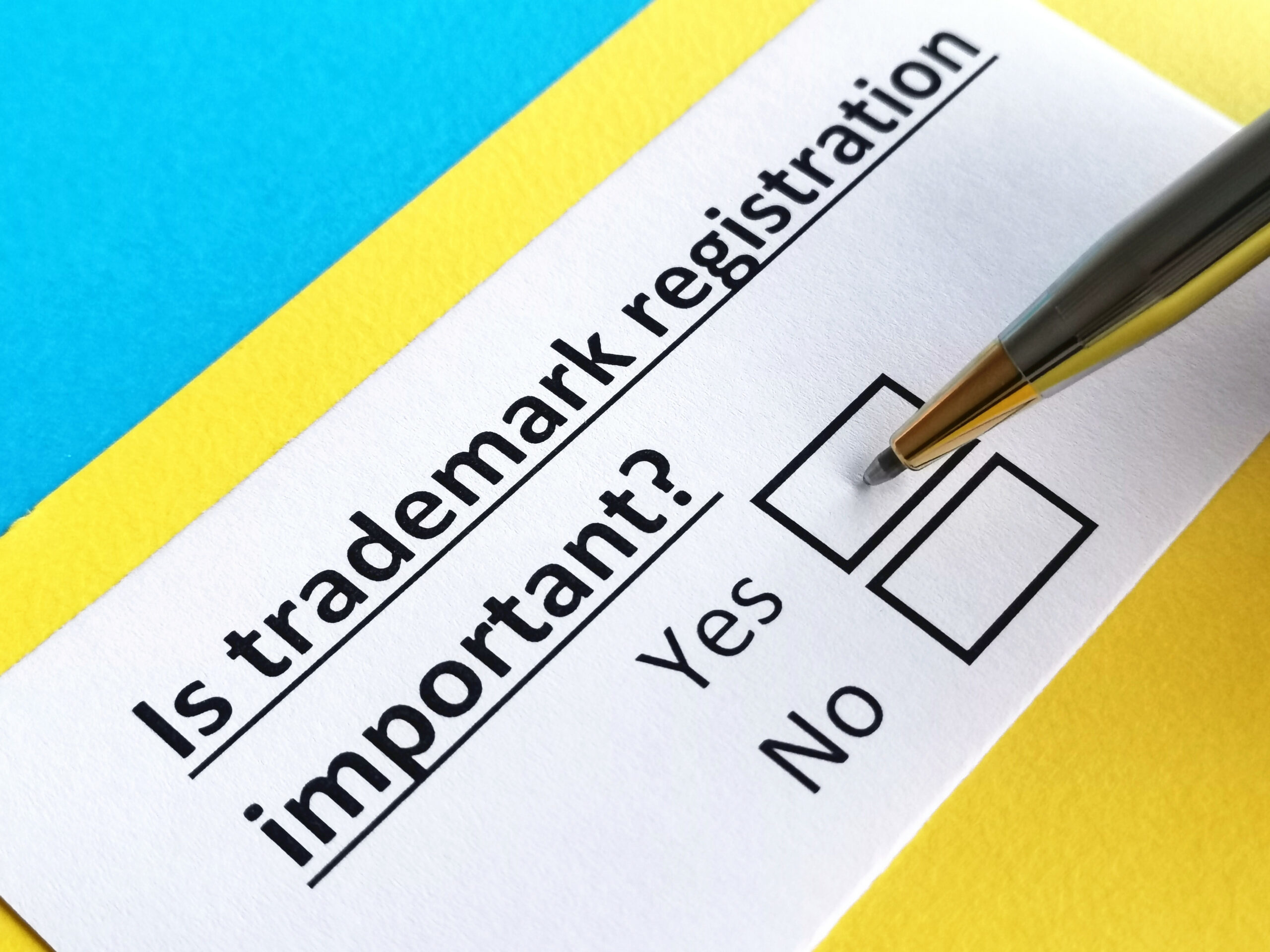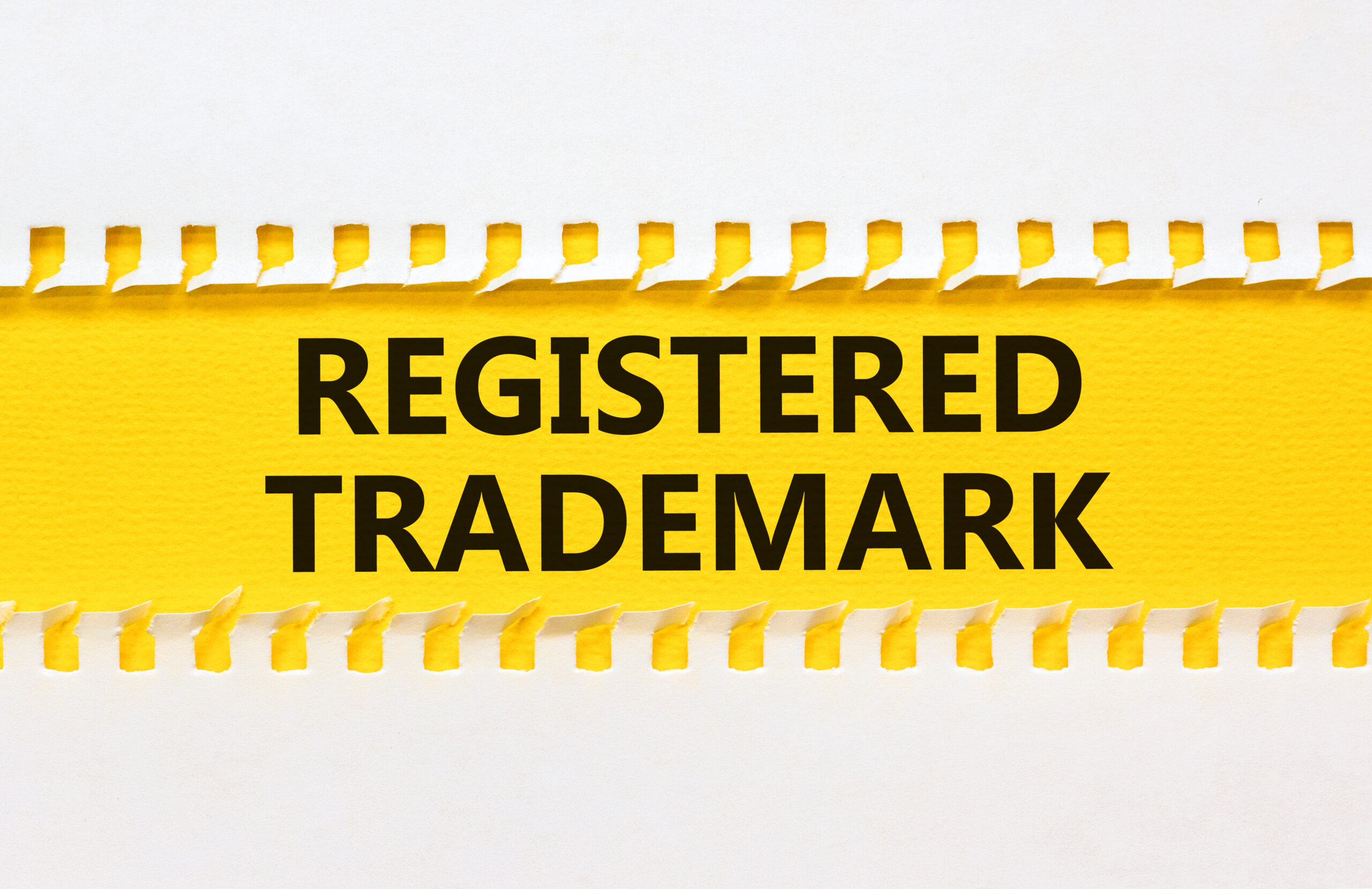A common occurrence after someone dies is that the estate documents can’t be found. Maybe it’s because they were lost, mistakenly destroyed, intentionally revoked, or hidden. Regardless, when someone passes away, and their will and trust cannot be secured, there is a problem. Family members are left with grief and struggling to know what to do next.
One way to avoid that is for the grantor (creator of the trust) or the testator (person who created the Will) to ensure they have notified their successor trustee, executor, ad agents about the location of the documents. The estate planning documents must be stored safely. It is also essential that the trustee and executor know where to find them. While some drafting attorneys store client documents, that practice has become less popular among lawyers. Many law offices are going green by storing only digital copies of legal documents. Consequently, they rightly place responsibility for safekeeping original documents on the client.
When No Documents Can Be Found.
So what happens when the bank, title company, or court requests your original legal documents, and no one can find them?
Many states follow the common law principle that when a deceased person’s estate documents cannot be found, the presumption is that they were intentionally destroyed or revoked by the grantor or testator. This is especially true if there is evidence that the deceased person had the documents in their possession. However, that presumption can be overcome with clear and convincing evidence to the contrary. Such evidence might include testimony from the deceased’s lawyer, family, or close friends. Statements that might suggest recent changes that were made to the estate plan. In other cases, evidence of a recent fire or flood that destroyed the estate planning documents may be useful to rebut the presumption that the grantor or testator intended to revoke the trust or the will.
What If Only a Copy Can Be Found?
Many courts will accept a copy of the executed estate documents. In addition, if all interested parties agree that a photocopy of the documents is the correct version, the probate court will likely permit submission. But, if there are disagreements as to the validity of the photocopies, they will be rejected. If the copies are rejected and no originals are found, the state’s intestacy laws will govern how the property is distributed. This would be unlikely if the grantor or testator intended to disinherit certain family members under the laws of intestacy. One more reason to make sure the documents are available.
Generally, because trusts are private documents, most states don’t require that they be recorded or registered. For that reason, if you can get all the trust beneficiaries to accept a photocopy as a true copy of the grantor’s most recently executed trust, that may be sufficient. The problem may be getting them all to agree. In that case, you may need to seek court intervention. A time-consuming and costly venture.
Equally as important is making sure your executor, trustee, and agents know how and where to locate your documents. Making sure they know where to look can make probate more efficient. And in the case of a trust, it makes a public proceeding less likely.
Safeguard Your Documents
The bottom line is to KEEP YOUR ESTATE DOCUMENTS IN A SAFE PLACE. Also, ensure those assisting you know where to locate the documents. As a culture, we are increasingly becoming more digitized. That said, keeping the originals safe is essential. There is no better way to prove intent than presenting a signed, witnessed, and notarized original document or a signed, witnessed, and notarized copy. Each state is different, so understanding your state’s laws is crucial.

Francine D. Ward
Attorney-At-Law, Author, Speaker
Follow Francine:
Don’t miss Francine’s Latest Blogs:
- Publishing contractsPublishing contracts The publishing contract is an agreement that defines the relationship between an author and her publisher. Publishing contracts typically contain elements that speak to territory, rights, ownership, financial… Read more: Publishing contracts
- What is a Habit?As we enter springtime, you may feel far away from your New Year’s resolution. That may be because of the success rate of NYE resolutions. In fact, January 17 is… Read more: What is a Habit?
- Common Contract MistakeCommon Contract Mistake #1. Not Having Written Agreements with EVERYONE You Do Business With. Common contract mistake. Without question, the most common contract mistake is not having the terms of… Read more: Common Contract Mistake
- AI and PatentsAI and Patents. Understanding Patent Law in the Age of AI. Patents, along with Copyrights, Trademarks, Trade Secrets, and Rights of Publicity, are one of the five areas of practice… Read more: AI and Patents
- Effective Goal SettingSetting Goals. It’s that time of year, time to plan for effective goal setting. A time when some of us start thinking about goals for the upcoming year. If you… Read more: Effective Goal Setting
